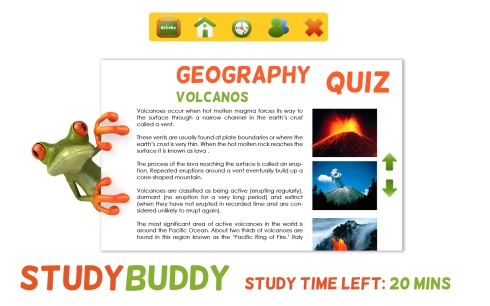I’ve looking for some published materials on the subject of ICTs , and I noticed most of the results are pretty generic company policies and completely uninformative corporate jargon. As Gearoid pointed out, the term ICT is kind of outdated so more widely used phrases like e-learning and LMS produce better search results.
Anyway, I’m reading a paper called ICT in Education by Victoria L.Tinio that’s mostly pretty irrelevant (and reeeeeally boring), but there are a few sections that may be of interest, like this:
How can ICTs help transform the learning environment into one that is
learner-centered?
Research has shown that the appropriate use of ICTs can catalyze the paradigmatic shift in both content
and pedagogy that is at the heart of education reform in the 21st century.19 If designed and
implemented properly, ICT-supported education can promote the acquisition of the knowledge and
skills that will empower students for lifelong learning.
When used appropriately, ICTs—especially computers and Internet technologies— enable new ways
of teaching and learning rather than simply allow teachers and students to do what they have done
before in a better way. These new ways of teaching and learning are underpinned by constructivist
theories of learning and constitute a shift from a teacher-centered pedagogy—in its worst form characterized
by memorization and rote learning—to one that is learner-centered. (See Table 2 for a comparison
of a traditional pedagogy and an emerging pedagogy enabled by ICTs.)
• Active learning. ICT-enhanced learning mobilizes tools for examination, calculation and analysis
of information, thus providing a platform for student inquiry, analysis and construction of new
information. Learners therefore learn as they do and, whenever appropriate,work on real-life
problems in-depth, making learning less abstract and more relevant to the learner’s life situation.
In this way, and in contrast to memorization-based or rote learning, ICT-enhanced learning
promotes increased learner engagement. ICT-enhanced learning is also “just-in-time” learning in
which learners can choose what to learn when they need to learn it.
• Collaborative learning. ICT-supported learning encourages interaction and cooperation among
students, teachers, and experts regardless of where they are. Apart from modeling real-world
interactions, ICT-supported learning provides learners the opportunity to work with people
from different cultures, thereby helping to enhance learners’ teaming and communicative skills
as well as their global awareness. It models learning done throughout the learner’s lifetime by
expanding the learning space to include not just peers but also mentors and experts from different
fields.
• Creative Learning. ICT-supported learning promotes the manipulation of existing information
and the creation of real-world products rather than the regurgitation of received information.
• Integrative learning. ICT-enhanced learning promotes a thematic, integrative approach to
teaching and learning.This approach eliminates the artificial separation between the different
disciplines and between theory and practice that characterizes the traditional classroom
approach.
• Evaluative learning. ICT-enhanced learning is student-directed and diagnostic. Unlike static,
text- or print-based educational technologies, ICT-enhanced learning recognizes that there are
many different learning pathways and many different articulations of knowledge. ICTs allow
learners to explore and discover rather than merely listen and remember.
If we use topics like this, we might be use general guidelines and published studies to better define our goals and keep the usability user-based.
I haven’t read all of this joyous publication yet, but I’ll post more if I see anything of use.
Ricky






